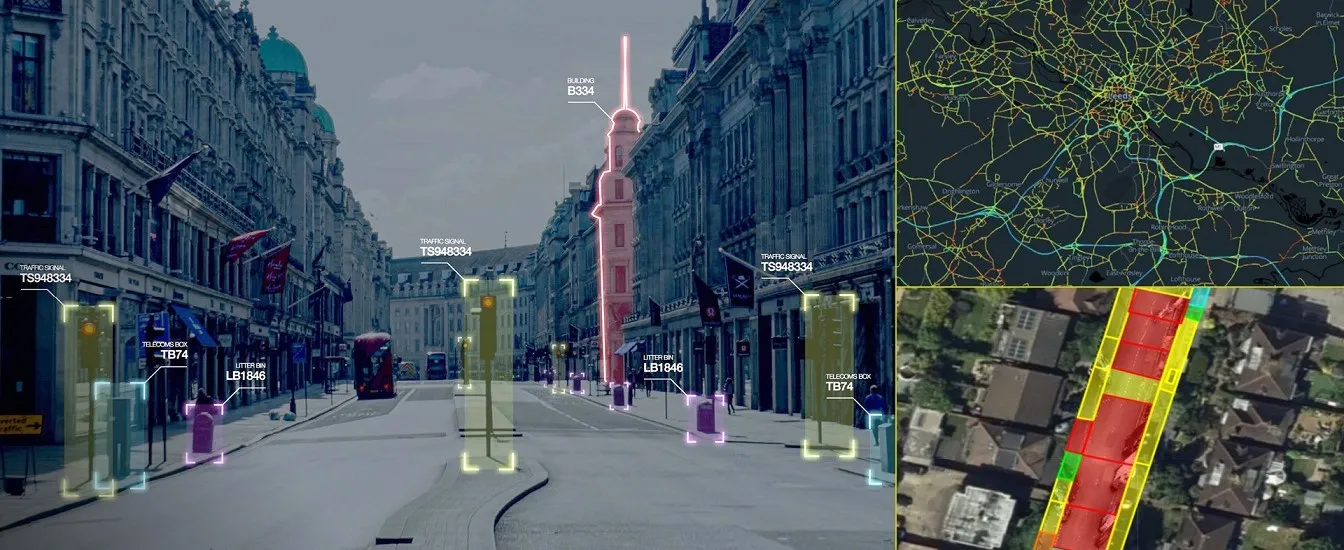Mott MacDonald is collaborating with Transport for London (TfL) on a cycling demand model called Cynemon. The forecasting tool is intended to help present the case for cycling infrastructure investment in the capital.
Additionally, the partners will utilise the model to provide evidence for cycling studies which could include patterns of cycling trips and how these would change through new cycling schemes.
The tool forms part of the healthy streets approach of the Mayor’s transport strategy, which ai
May 24, 2018
Read time: 1 min
Additionally, the partners will utilise the model to provide evidence for cycling studies which could include patterns of cycling trips and how these would change through new cycling schemes.
The tool forms part of the healthy streets approach of the Mayor’s transport strategy, which aims to improve London’s air quality, reduce congestion and help make the city’s communities greener.
Mott MacDonald is also working with its transport planning colleagues to support existing commissions with London Boroughs including Croydon, Richmond and Islington.
Cynemon is available to public and private sector clients.








